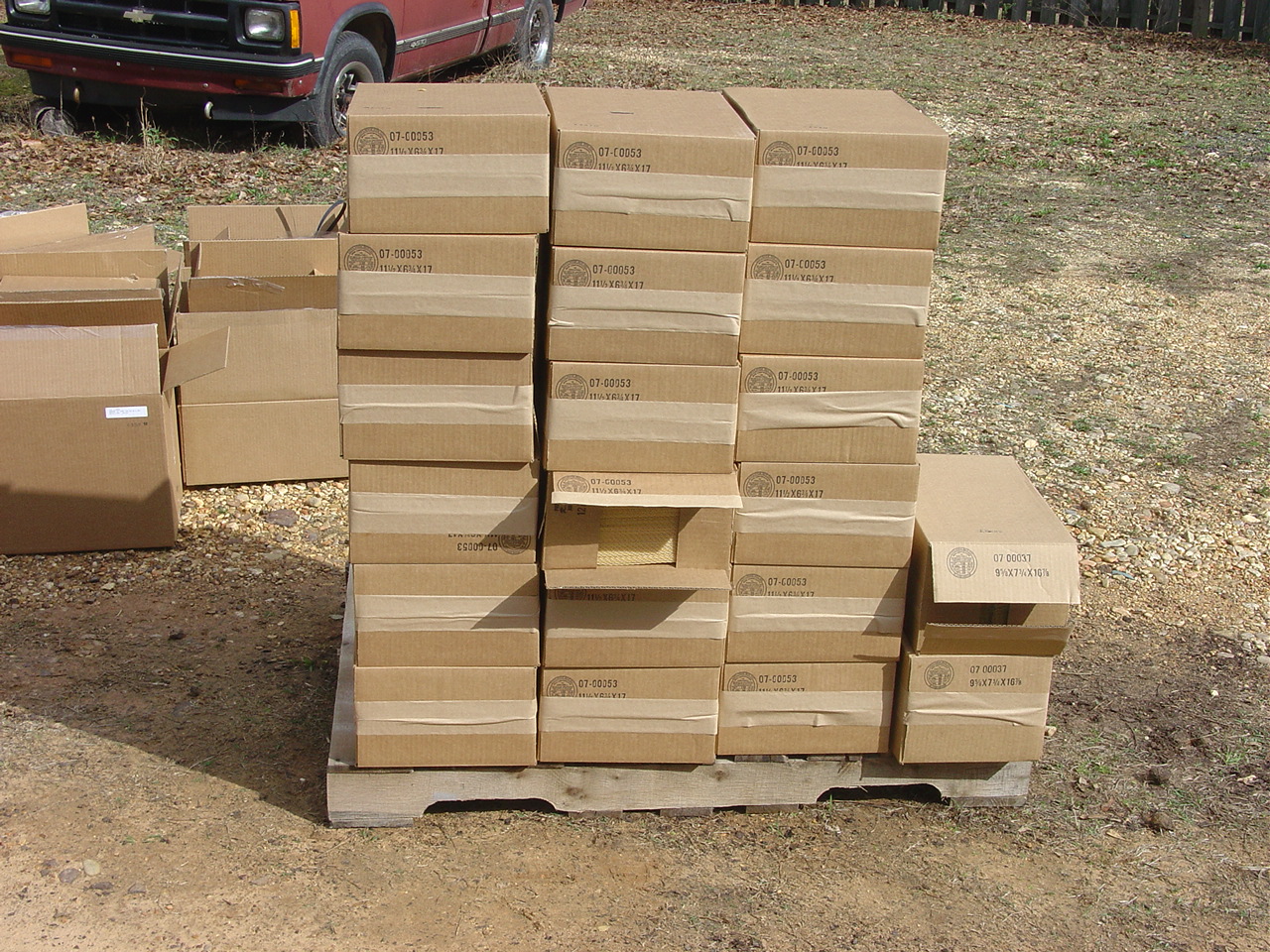- Joined
- Jul 23, 2009
- Messages
- 37,016
- Reaction score
- 17,713
- Location
- Ceredigion
- Hive Type
- 14x12
- Number of Hives
- 6
I have seen. I am not blind.
For example when I reduce my hives for winter, you add super under the wintering box.
I put capped winter food over the brood box and you out there put it under the brood.
-
,
Nobody puts capped stores under the brood box for winter....you are mistaken.
What some people do is to put uncapped stores in a super after they have harvested and while it is still warm so that the bees move the honey up into the brood box where they need it for winter. Then.....they can take the super away or leave it empty underneath for the winter.




















































